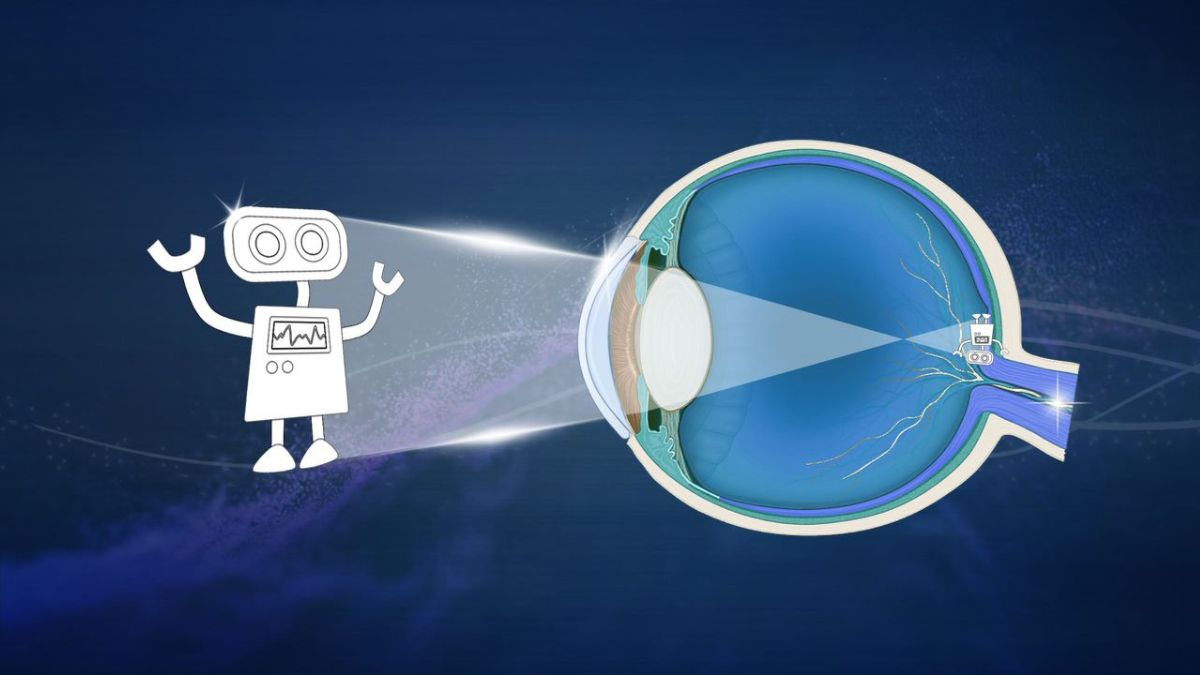What is the Symley?
At its heart, the Symley represents a sophisticated blend of artificial intelligence and augmented reality. It functions as a versatile platform designed to enhance user interaction with digital content by integrating seamlessly with the physical world. Unlike traditional digital interfaces that rely heavily on screens and input devices, the Symley employs a more immersive approach. It projects digital information directly into the user’s environment, allowing for a more intuitive and engaging interaction.
Core Features and Innovations
One of the Symley’s most striking features is its advanced projection system. Using state-of-the-art holographic technology, the Symley can create 3D images and interfaces that float in mid-air, visible from multiple angles without the need for special glasses or headsets. This holographic capability not only enhances the visual experience but also allows users to interact with digital content in a more natural way.
Another key aspect of the Symley is its adaptive AI. The platform is designed to learn and evolve based on user behavior and preferences. This means that the more you interact with Symley, the more personalized and relevant its responses become. Whether you are navigating a virtual workspace, playing interactive games, or engaging in educational simulations, the Symley adapts to your needs and enhances your experience.
Potential Applications
The potential applications of the Symley are vast and varied. In the realm of education, it could revolutionize how students interact with learning materials. Imagine a history lesson where students can explore historical events in real-time, walking through virtual reconstructions of ancient civilizations or witnessing significant moments as if they were there. Such immersive experiences can significantly enhance learning and retention.
In the business world, the Symley could transform how companies conduct meetings and presentations. Holographic projections can make remote collaboration more effective by creating a shared virtual space where participants can interact with 3D models, data visualizations, and more. This could lead to more dynamic and productive meetings, regardless of the physical location of the participants.
Entertainment is another area ripe for Symley’s influence. The platform’s ability to create lifelike, interactive environments can elevate gaming and virtual experiences to unprecedented levels. Gamers could find themselves stepping into fully realized worlds, interacting with characters and objects as if they were part of the physical space.
Looking to the Future
As the Symley continues to evolve, it holds the promise of bridging the gap between digital and physical realities. Its integration of AI and holographic technology represents a significant leap forward in creating more immersive and intuitive digital experiences. While the technology is still in its early stages, the potential for growth and innovation is immense.
The future of the Symley could see it becoming a staple in various aspects of daily life, from personal entertainment to professional applications. As more industries begin to explore and integrate this technology, we may witness a fundamental shift in how we interact with digital content, making it more fluid, natural, and integrated into our everyday lives.Challenges and Considerations
Despite its groundbreaking potential, the Symley faces several challenges that need addressing before it can become a mainstream technology. One major hurdle is the integration of such advanced holographic and AI technologies into a single, user-friendly device. Ensuring that the Symley’s projections are stable and high-quality while maintaining a compact and practical form factor is crucial for its widespread adoption.
Another challenge lies in privacy and data security. As the Symley gathers and processes user data to tailor its interactions, robust measures must be in place to protect this information from unauthorized access and misuse. Developing secure protocols and transparent privacy policies will be essential in building trust with users and ensuring the technology’s ethical deployment.
Additionally, the Symley’s impact on social interactions and mental well-being must be considered. While immersive technologies can enhance experiences, there is a risk of users becoming overly reliant on digital environments, potentially leading to social isolation or other psychological effects. Striking a balance between virtual engagement and real-world interactions will be important as the technology evolves.
The Role of Developers and Industry Leaders
The successful implementation and adoption of the Symley will require collaboration between developers, industry leaders, and policymakers. Developers will need to focus on creating applications and content that leverage the Symley’s capabilities effectively, while industry leaders can drive investment and support for research and development. Policymakers, on the other hand, will play a critical role in establishing regulations and guidelines to ensure the technology is used responsibly and ethically.
Conclusion
The Symley represents a significant leap forward in digital technology, offering a glimpse into a future where our interactions with the digital world are more immersive and intuitive than ever before. Its combination of advanced holographic projections and adaptive AI has the potential to revolutionize various sectors, from education and business to entertainment and beyond.
As with any emerging technology, there are challenges to overcome and considerations to address. However, with continued innovation, thoughtful development, and collaborative efforts, the Symley could well become a cornerstone of the next generation of digital experiences. Embracing this technology and exploring its possibilities will undoubtedly shape the future of how we interact with and perceive our digital world.
In conclusion, the Symley is more than just a technological advancement; it is a gateway to a new digital era. By merging the physical and digital worlds in novel ways, it promises to reshape our interactions with technology and offer a glimpse into a future where the boundaries between reality and digital innovation are seamlessly blended.










